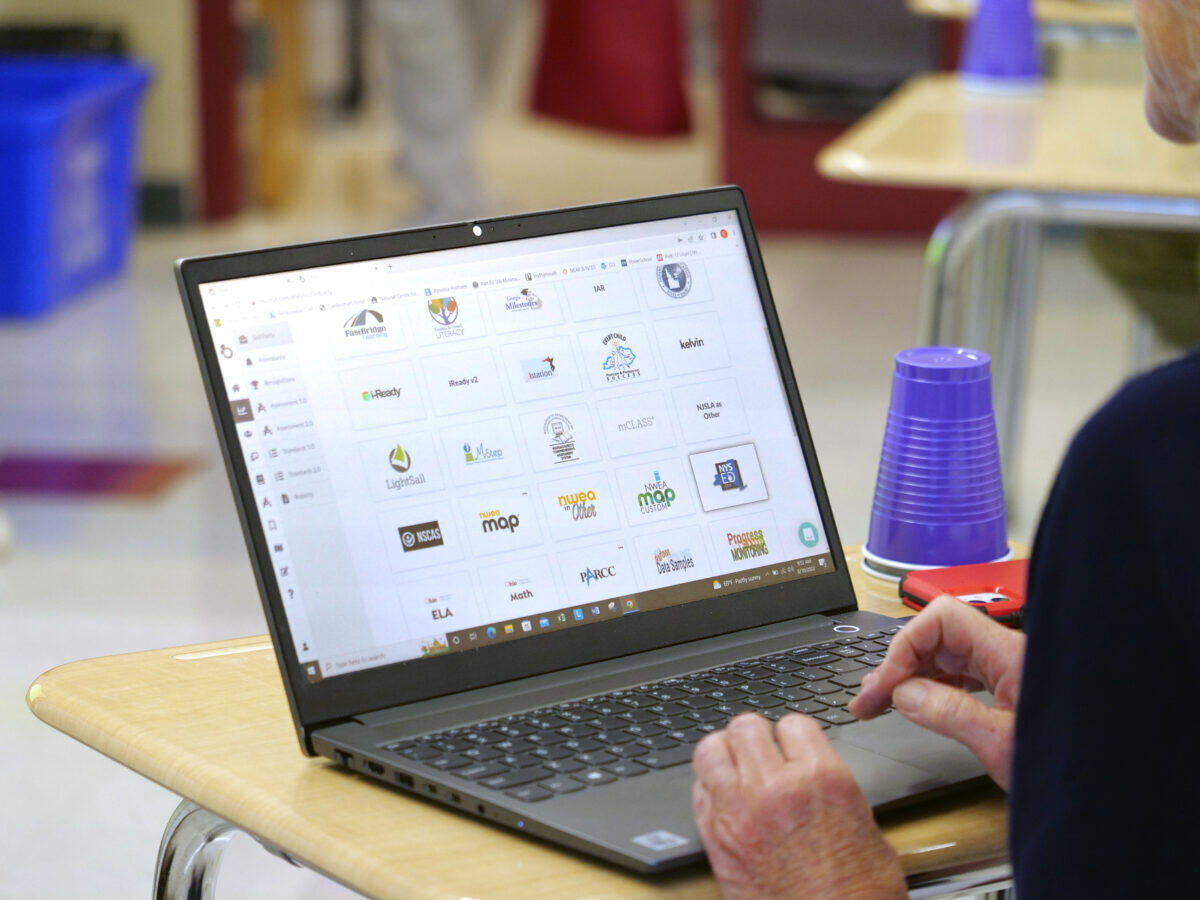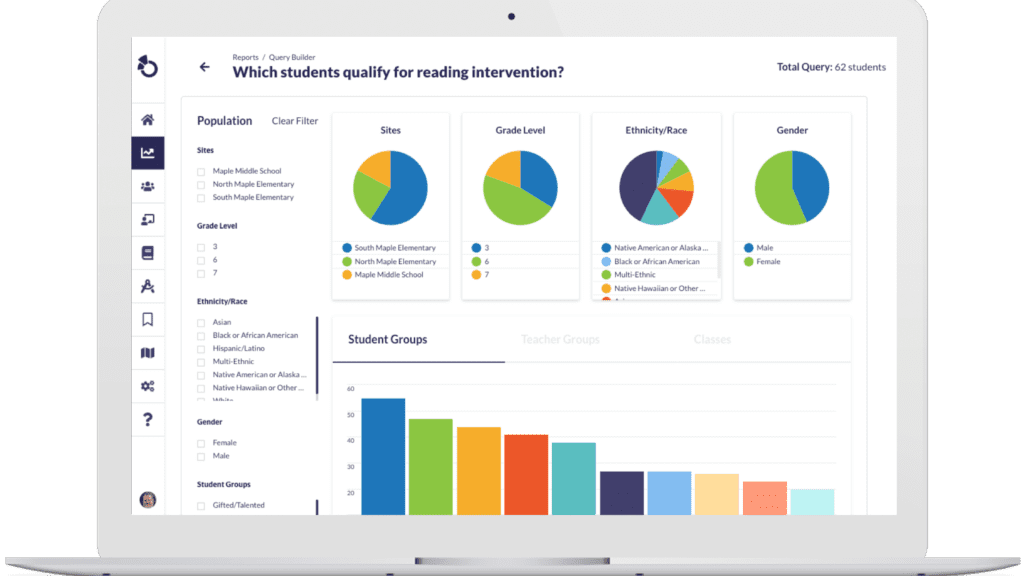Navigating the Landscape of K-12 Student Growth: A Longitudinal Approach
By: David Specht
Educators continually face a critical question: What is the overall trend in student performance on key measures over the last three years? As you endeavor to provide the best educational experiences for your students, understanding their academic growth and performance becomes a crucial aspect. However, the answer lies not in focusing on a single score or season but in the long-term analysis of student progress.
The Limitation of a Single Measure
A single test score, while valuable, only provides a snapshot of a student's learning at a specific point in time. It fails to capture the ebbs and flows of a student's educational journey, making it less effective in painting a complete picture of a student's academic development. It's like trying to understand the plot of a novel by reading a single chapter - while you might get an idea, you're likely to miss the bigger picture and the nuanced developments.

The Power of Longitudinal Analysis
In contrast, longitudinal analysis of student performance - tracking the same students' progress over multiple years - offers a richer and more meaningful understanding of student learning. This approach allows us to chart the trajectory of a student's academic growth, recognizing patterns, trends, and anomalies that a single measure could miss.
Knowing how much students are learning over time holds immense value for educators. It enables us to identify not only the areas of success but also those that require more attention and resources. With this approach, you can better understand the effectiveness of our instructional strategies and make informed decisions to promote student growth.
Trends in Student Performance
When looking at the overall trends in K-12 student performance over the last three years, it's essential to note that results can vary widely. Factors such as curriculum changes, socio-economic factors, school resources, and even global events (like the COVID-19 pandemic) can significantly influence these trends.
However, one common trend seen across various studies is a widening achievement gap, especially among students from different socio-economic backgrounds. This reinforces the importance of longitudinal analysis - allowing educators to identify such trends and implement measures to address them.
Otus: Your Partner in Longitudinal Analysis
Here's where Otus comes into play. As a comprehensive learning and data management platform, Otus offers robust tools to support longitudinal analysis of student performance.
With Otus, educators can easily track and compare individual student or whole-class performance over time. The platform provides visual data representation tools that make it simple to identify trends, spot potential problems, and celebrate successes.
Additionally, Otus allows educators to align student performance data with state and national standards, offering a comparative view of how their students are performing against broader benchmarks.
 Otus Historical Analytics provides educators with real-time, custom reports that can be used to analyze student performance over time across assessments. Administrators can create custom cohorts to track the growth of various student populations, including grade level, gender, race/ethnicity, English language learners, students with Individualized Education Plans, and more.
Otus Historical Analytics provides educators with real-time, custom reports that can be used to analyze student performance over time across assessments. Administrators can create custom cohorts to track the growth of various student populations, including grade level, gender, race/ethnicity, English language learners, students with Individualized Education Plans, and more.
Moreover, by integrating assessment, learning, and data management into one platform, Otus offers a holistic view of student performance. This enables educators to make connections between various aspects of student learning, going beyond simple test scores to create a multi-faceted understanding of student growth.
Longitudinal analysis provides a powerful tool for understanding and improving student performance. While it might seem like a daunting task, platforms like Otus simplify the process, providing educators with user-friendly, data-driven tools to understand their students' academic growth over time. By adopting this longitudinal perspective, you can help ensure that every student is not only reaching but surpassing their academic potential.
Watch the video below to learn how you can answer the question “What is the trend in reading and math performance over the last 3 years?” using Otus.
Discover other crucial questions you can answer about your student data using Otus here.
Related Resources
Request a demo!
See exactly how Otus can help your school accelerate student growth and improve student outcomes – all while saving educators time.





